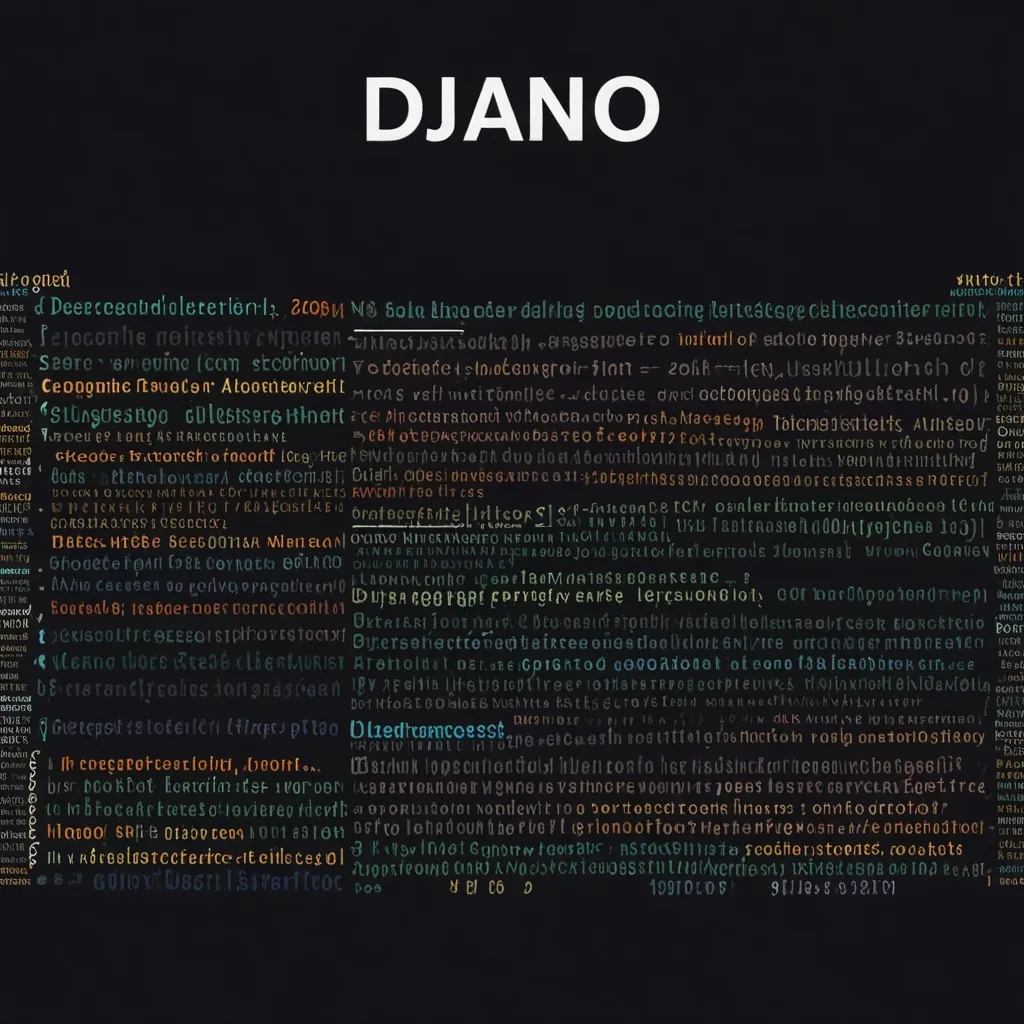There’s something spectacular about immersing oneself in the world of C++ and diving into the depths of cross-language services. One of the stellar frameworks that facilitate this adventure is Apache Thrift. This robust tool allows you to develop scalable services with the flexibility of different programming languages, a boon for every programmer yearning to bridge diverse systems cohesively.
So, imagine you’re working on an ambitious project that involves several components designed in a veritable stew of languages—you have Python doing one thing, Java another, maybe some functionality in JavaScript, and even snippets of Golang because why not? Wouldn’t it be amazing if all these languages could talk to each other without you tearing your hair out in frustration? That’s where Apache Thrift comes in, like a hero in a cape, saving the day.
To get started, setting up Thrift with C++ involves a few critical steps. First, you’ll need to download and build the Thrift compiler. It might sound a bit daunting, but trust me, it’s manageable. Once you’ve got the compiler running, you’re ready to write your Thrift IDL (Interface Definition Language) file. This is like crafting a blueprint that outlines the services you want to create, the data types involved, and how they interrelate. It’s kind of like drawing a map before embarking on a cross-country journey, setting up directions for how everything talks to each other.
Coding in the Thrift IDL is quite straightforward. Here’s a basic sneak peek:
namespace cpp example
service ExampleService {
i32 add(1: i32 num1, 2: i32 num2),
string hello(1: string name)
}
Once you’ve got this settled, you feed it to the Thrift compiler which will churn out code across your specified languages. This is when your world of Python, Java, and more suddenly wakes up and gets ready to communicate without a hitch.
The magic of Thrift lies in its transport and protocol layers. These are the building blocks that ensure data being transferred from, say, a Golang-based backend to a front-end managed by JavaScript, isn’t garbled or misunderstood. Imagine these as translators at a diplomatic summit, seamlessly whispering into the ears of delegates so each nation not only hears but understands the offering on the table.
Personal anecdote time—while working on a project that had a mishmash of services written in Java and Python, I found myself often thinking I was more in an ecosystem of chaos than a cohesive service. Thrift was akin to installing a shared language implant, where both sides began to understand each other in a coherent, reliable way. A simple tweak in the implementation, plug in those generated Thrift files, and suddenly the architecture was singing harmonies of sweet software operettas rather than a cacophony of debugging woes.
Connecting these services makes deployment smoother, as Thrift not only generates code for client and server sides but also makes it easier to write less boilerplate code. The framework itself optimizes the communication paths and ensures data integrity. It slashes through the traditional frustration of maintaining separate communication layers for each part of the stack like an expert anglerfish.
One of my favorite Thrift features is its support for non-blocking input and output. This means you can build highly reactive and responsive services without the typical lag you’d experience with synchronous operations. Building a video streaming service where multiple clients require rapid responses? Thrift’s got your back, keeping those connections fast and smooth, akin to a traffic officer efficiently managing rush-hour chaos with panache.
While there’s an attraction of Thrift’s high scalability, there’s also the fantastic support for complex data types. I still remember a project that required passing complex nested structures between services. Without Thrift, I’d likely be entangled in nested loops and serialization headaches. However, Thrift’s ability to natively support such data models turned a would-be nightmare into a task as simple as writing a shopping list for the weekend groceries.
For those worried about versioning, Apache Thrift doesn’t drop the ball here either. New fields can be added to the Thrift definitions without disturbing existing data cookies or breaking existing client-server interactions. This forward-compatibility is like having a time machine that allows your growing service to step confidently into the future, waving pleasantly at its historical footprint.
To set up a C++ service using Apache Thrift, you might start by defining your service in an IDL file. Once you’ve done this, compile the files and generate the C++ codes. Boost and other libraries might come into play, so you’d need to ensure they’re all in place for smooth sailing. The final step involves implementing the server, running it, and then crafting a client that makes calls to the server. Voilà, your own mini universe of cross-language communication!
Finally, Apache Thrift isn’t just about robustness and versatility; it was designed for the distributed and high-performance world. If building robust, cross-language services efficiently and straightforwardly is your goal, Apache Thrift is an assured partner on this journey. Trusting in its design principles and capabilities can allow your multi-language systems not just to coexist, but to thrive as one unified service environment. So let’s raise a glass (of coffee or tea, naturally) to the bullet train that is Apache Thrift and the seamless cross-language communication it’s bound to bring to your projects.






